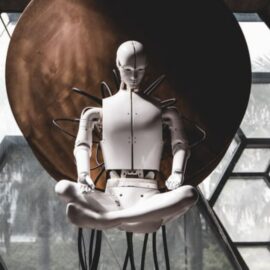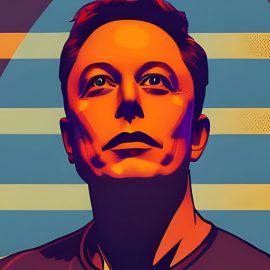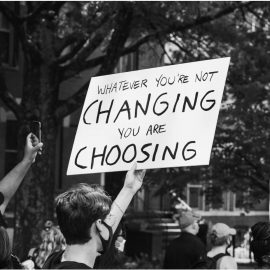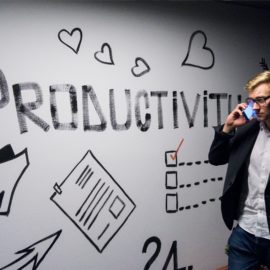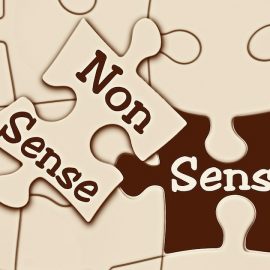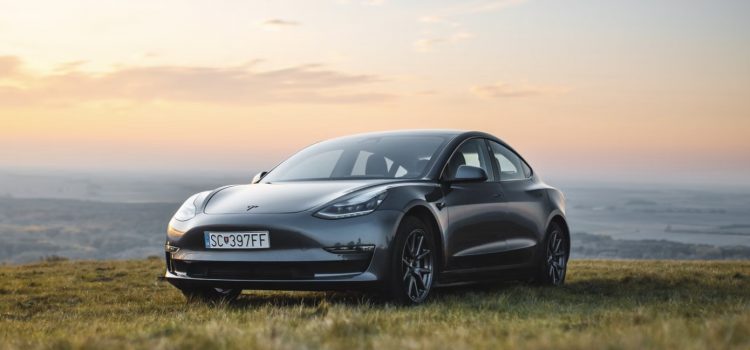
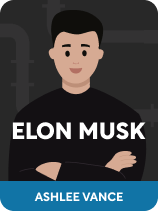
This article is an excerpt from the Shortform book guide to "Elon Musk" by Ashlee Vance. Shortform has the world's best summaries and analyses of books you should be reading.
Like this article? Sign up for a free trial here.
Why did Elon Musk start Tesla? Why did he sometimes sleep on the factory floor?
Renowned biographer Walter Isaacson covers the story of Elon Musk and Tesla in his book Elon Musk. Isaacson details how Musk entered the automotive industry with Tesla, based all of its production inside the US, and pushed its technology in the direction of fully automated, self-driving cars.
Keep reading to learn about Elon Musk and Tesla.
Elon Musk and Tesla
The story of Elon Musk and Tesla begins with Musk’s belief in an energy-efficient future. He chose to make an impact by bringing electric cars into the mainstream. So, in 2003, Musk began meeting with entrepreneurs in the electric car industry. Tesla was the brainchild of Martin Eberhard, who’d licensed an electric motor for a high-end sports car that he didn’t have the funding to build. Musk provided the money and took charge of many of the car’s technical details.
Tesla came together with Musk as the board chair and Eberhard as CEO, but clashes began because Eberhard and Musk each thought of himself as Tesla’s founder. Isaacson writes that Musk was incensed when the press painted him as a “mere investor,” so he took it upon himself to proselytize the company’s mission—disrupting the gas-guzzling automobile market with affordable, high-quality electric vehicles.
(Shortform note: Decades after the clashes between Eberhard and Musk that Isaacson describes, Musk continues to face allegations that he unfairly stole Tesla from Eberhard. Eberhard still owns a portion of the company, but in interviews, he declines to reveal the size of his share in the business. When asked what he would have done differently from Musk, Eberhard says that he would have pushed back against Tesla’s investment in solar power and that he would have worked to promote a friendlier working environment for employees.)
Musk took a more active role in managing Tesla’s production process, and he found that the company’s supply chain was a disaster. Its parts were manufactured all over the world and then shipped from country to country as the car’s components were assembled piecemeal. When Musk calculated how much each car cost, factoring in worldwide shipping and assembly, he realized that Tesla would quickly go bankrupt. He quickly moved to have Eberhard fired and eventually took over as CEO himself. Isaacson says that Musk’s primary focus was to centralize production so he could control the process from start to finish, going so far as to sleep on the factory floor as he stayed day and night to solve production problems.
(Shortform note: While centralizing production under one roof can bring down supply chain costs and increase efficiency, as Isaacson suggests, it also comes with several hazards. Such integration requires high up-front costs, such as building new facilities or buying controlling shares in suppliers. The added weight of taking on all production can also hamper a company’s ability to pivot if the nature of its industry rapidly changes.)
To bring about the future he imagined, Musk didn’t only want an electric car, but one that could drive itself. In tune with Musk’s habit of setting aggressive deadlines, Isaacson writes that, for over a decade, Musk has publicly declared that self-driving cars are a year or two away, and advances in machine learning are close to fulfilling Musk’s ambitions. Instead of driving based on preprogrammed “rules of the road,” new systems learn by observing the best human drivers and how they react in all situations. As a result, in 2023, Musk rode a self-driving Tesla on a 30-minute trip around Palo Alto without ever touching the steering wheel or brakes.
(Shortform note: The Autopilot test that Isaacson describes didn’t take place until 2023, but Tesla had already promoted a video in 2016 suggesting that full self-driving capability was already available on all Tesla models. In 2023, a Tesla engineer testified in court that the video had been staged using a preprogrammed route rather than making use of a Tesla’s actual capabilities. Apple co-founder Steve Wozniak expressed outrage at Tesla’s misrepresentation of its self-driving features, criticizing the low quality of his personal Tesla’s autopilot system.)

———End of Preview———
Like what you just read? Read the rest of the world's best book summary and analysis of Ashlee Vance's "Elon Musk" at Shortform.
Here's what you'll find in our full Elon Musk summary:
- A biography of Elon Musk by renowned biographer Walter Isaacson
- Musk's traumatic South African childhood up until his Twitter takeover
- How Musk's Asperger's syndrome affected his childhood and relationships

